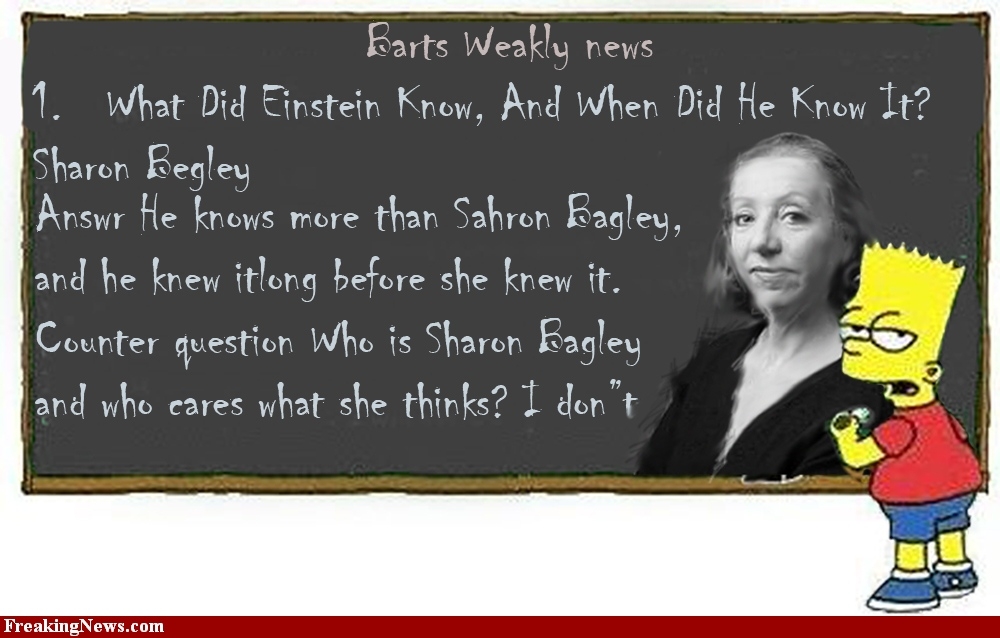Linguistic change
This comic,um, literally addresses an issue I mentioned not so long ago, so I won’t go into that. It also addresses another issue–linguistic change. As a technical writer, I am tempted to wish that language didn’t change. Eliminating the ambiguity of having new meanings for words would certainly make it easier to be understood. I think this is the rationale for the French Academy, which is infamous for its insistence that the French language not change.
But language has to change over time. After all, the world changes over time. New ideas mean neologisms (and if you know what neologism means, I don’t need to explain this to you). A principle in linguistics is that all languages are sufficient. That is, for their environment. A corollary of this is that when something new comes along, we make or borrow a word for it.
Language also changes for less justifiable reasons, and that’s what makes me roll my curmudgeonly eyes.
Let’s look at the comic, from January 17, 2014:

We’re going to lose a lot of these battles, but I recommend that when you write, you exercise care to use the right word. In fact, here’s some evidence that we’re going to lose the nauseous/nauseated battle. The character speaking in the center panel is one of the intellectuals in the Luann Strip (Nov 9, 1998).
On the other hand, perhaps Greg Evans has already gone over to the dark side. This one is from 1992.
One last comment: Note that the guy on the left in Basic Instructions said “…in a recent dictionary.” It’s been a running battle in the lexicographical world whether dictionaries should prescribe the “correct” meaning, or merely describe what people are saying, without casting judgement. Currently the trend is toward being merely descriptive. Alas.
Subscribe to this blog's RSS feed
Interesting use of “technical writer”
A recent article in The Register criticized Google’s Eric Schmidt for, among other things, his (lack of) ability as a technical writer. Since this blog is mainly about expository writing, of which technical writing is a subset, I feel a need to share. Here’s the passage I’m referring to:
…Schmidt goes on to show he’s not conversant with the gentle art of technical writing with procedures that use inconsistent verbs, fail to open each step of a procedure with an active verb and make assumptions that lead to user-befuddling ambiguities.
Gentle art, eh? I’m flattered. Eric’s instructions are too long to quote here (you can find a link them in the article), but the criticisms mentioned in the quote above are worth noting for your own writing.
Inconsistent verbs…active verb. I’m not sure what the writer is referring to here, but when you write instructions, you should use the imperative. Do not say “Please.” Give one instruction per step. Tell the result of following the instruction correctly. (Do not write the result as a separate step!)
User-befuddling ambiguities. Ambiguity is the bane of technical writing. You should write so your material is interpreted exactly one way. Have someone follow your instructions. If they get something wrong, fix the writing. Do not whack the person upside the head for being stupid.
Tech writing has a lot more features, and I saw several other tech writing mistakes in Eric’s material, but I won’t go into them here.
Now in Eric’s defense, he is not a technical writer. He’s an extremely successful businessman with lots of money. (Warning: shameless plug ahead) If his intent is to write a good set of instructions (and not a marketing piece disguised as tech writing) maybe he should hire (ahem) a good technical writer to write the instructions for him.

Eric Schmidt. Image credit: AP
A nice example of substitution
A couple posts back I wrote about the two most basic verbs in English, pointing out that some form of “do” can replace any action verb. I also said that you should avoid using the verb do itself, but here’s an example of using it that’s okay.
Our quote today, class, is from the July 2011 issue of Scientific American. This issue is particularly interesting to me—it’s the first issue I recall having a centerfold, and it’s hanging on the wall in my room. (Don’t get your hopes up, guys. It’s a poster of the Hertzsprung-Russell diagram (look it up), which turns 100 this year.)
Back to grammar. We find our quote on page 55 near the bottom:
It will be an uphill battle in a country that reveres an individual’s right to choose much more than it does science.
The verbs in the parallel construction are “reveres” and “does.” You can get up in front of the room and revere (something). This is approximately what cheerleaders do at a high school pep rally. And you can replace “does” with “reveres,” which makes the sentence end with “…than it reveres science.” Go back and read the sentence with “reveres” in there both times. That’s exactly what the sentence is saying.
Why did the writer (Sharon Begley, a top-notch science writer) not use the more specific verb in the second part of the parallelism? In English we usually consider it poor form to repeat a word. Repeating something exactly without enough distance between the repeated words feels patronizing. The writer didn’t want to patronize her readers (after all, this is a Scientific American article), so she let the reader figure out what she was saying.

I really am trying to include a picture in every post; I admit this is a stretch, though I suppose if Ms. Begley made it into The Simpsons, she has to be good, right? Can you find the goofs in Bart's writing?
Finally, I must issue a warning. In technical writing, use the more specific verb both times. Yes, it’s not as smooth, but it removes ambiguity, the bane of technical writing. In tech writing, you want to leave absolutely no question about your meaning, and you may sacrifice smoothness to do so. Take our example sentence. The words “…does science” is a construction you sometimes see, “do science, doing science, to do science.” That is definitely not the meaning in our example sentence.
Next post: I might have some more grammar humor.
Some of the hard part of writing
A large portion of the advice on this humble site has been fairly straightforward, examples of the use and misuse of easy-to-understand rules that can be followed more or less mechanically. Sometimes, though, you have to actually think about what you’re writing. No rule but the meaning.
So here’s the rule: Be sure you say what you mean.
I have a couple examples of how to get this wrong. These are all examples of real writing, gleaned from various sources, online and off.
The impressive lobby features doric columns leading to an elegant wooden staircase of fine oak joinery which is almost unique in Ireland.
Let’s look at the issue of “almost” unique. Unique means one of a kind. You can’t be almost one of a kind—you are or you aren’t.
We have another problem with this sentence. Exactly what does Ireland have so few of? Columns that lead to elegant staircases? The staircases themselves? The oak joinery? Or perhaps a combination of these? Adjective clauses such as this one (“which is almost unique…”), which has a choice of candidates to modify, can be tricky if you want to be unambiguous.
How would you recast the sentence? Tell us in the comments.
Another example of the need to think when you write next time.


